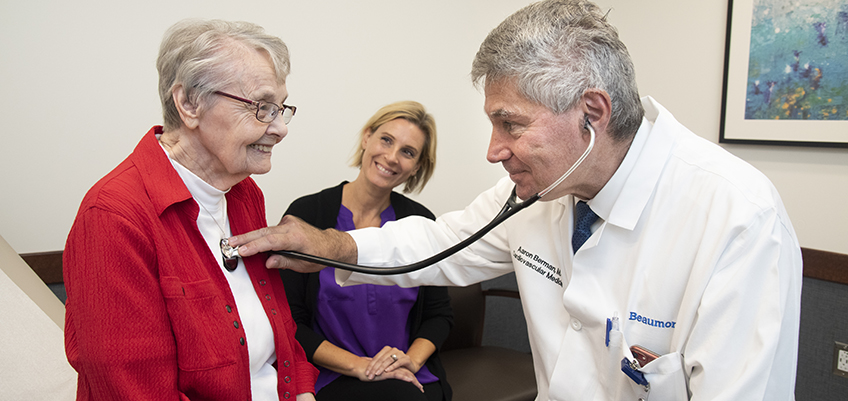
A MAZE procedure is a surgical treatment for atrial fibrillation that is used to stop an irregular heartbeat and restore a normal heart rhythm. Patients are candidates for a MAZE procedure if their irregular heartbeat cannot be treated with medication or other nonsurgical approaches.
What happens during the Maze procedure?
In combination with your cardiac surgery, you may be a candidate for the MAZE procedure. The MAZE procedure is performed during surgery to treat atrial fibrillation. Your surgeon will decide if you are a candidate for this procedure.
The MAZE procedures uses an alternative energy source to create lines (pathways) to block the irregular heart impulse. This energy is delivered through the use of special instruments placed upon the top chambers (atria) of the heart. This energy creates a scarring pattern (in the right and left chambers). The electrical pulse can resume traveling in its normal pattern. This will create a regular pulse and eliminate an irregular heart rhythm.
What to expect after surgery?
You may experience temporary atrial fibrillation in the immediate post-operative period. This is a normal consequence of heart surgery. Time for healing needs to occur, so success rates for this procedure cannot be fully determined until six months after surgery.
Most patients can expect to continue medications for control of heart rhythm and anticoagulants (blood thinners) for a period of time determined by your physician. The goal of medications is to help your heart revert into a regular rhythm and prevent thromboembolism (i.e. stroke). Sometimes a second treatment with electrical cardioversion is necessary.
Follow up with your physician is vital to develop an individualized treatment plan after discharge from the hospital.
Additional Treatment Options for Atrial Fibrillation